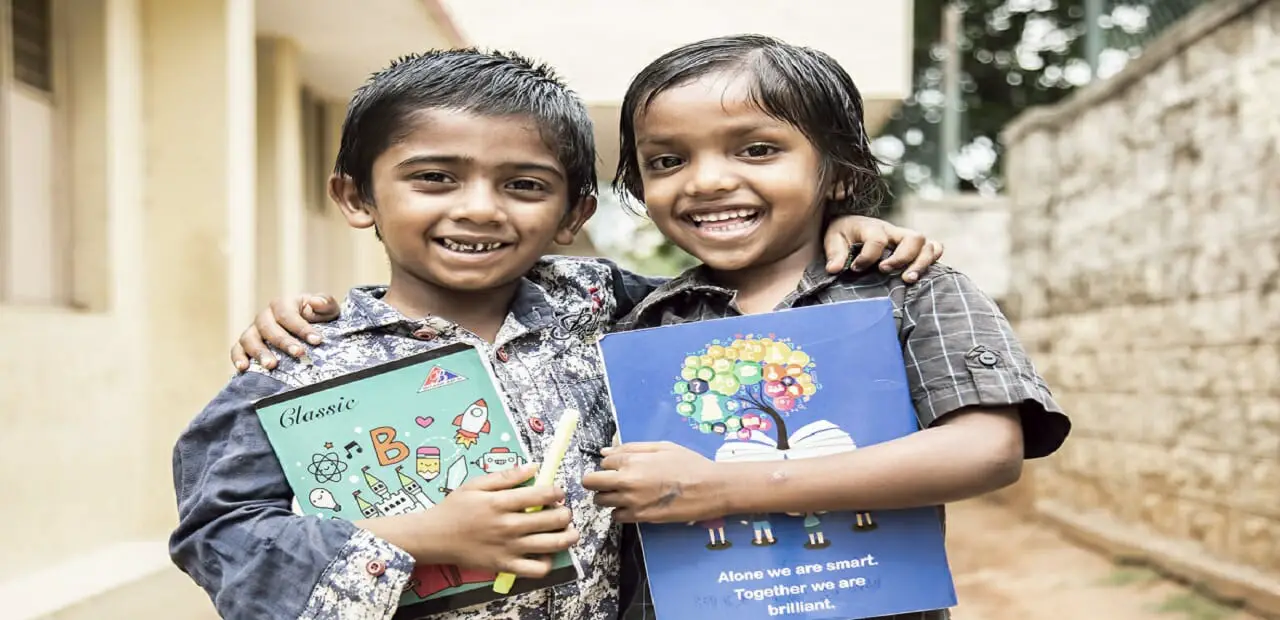
In India, nearly 25 per cent of people are illiterate. This high proportion of illiterate masses is contributing towards the slowdown in our economy, social upliftment and prosperity of the nation. Since independence, we have been facing social backwardness due to the fact that our masses are unable to read, write or comprehend the abstracts of any technology. Social backwardness leads to economic backwardness. Economic backwardness, in turn, puts the nation at the bottom of the list of prosperous nations.
National Policy on Education (NPE) was declared by the government in 1992. This policy aimed to educate the masses on a large scale and also introduced the ten-plus-two-plus-three system of education. But it is regrettable to observe that despite the sincerity of the State and funds sloughed into the educational system, Indian masses could not be educated to respectable levels.
In the Western nations, educational system is highly pragmatic and vocation oriented. The students are educated to gain employment or become entrepreneurs. Their abilities are identified during the schooling years. The Western nations do not churn out graduates (who would only become clerks). Rather, they produce enlightened individuals (who would like to do something concrete in their lives). This feature is missing in Indian educational system. We churn out graduates and post graduates in almost every field of human Endeavor. But most of them fail to deliver when they face life in its most raw form.
Further, our villagers lack basic education and do not know even to write or read. English is the universal language and our masses eschew the same by stating that it is not a native language of India. Our rural folk are also not aware about health, career opportunities for children, sports, leisure and enhancement of mental abilities. They are caught up in a vicious cycle of shortages and darkness. As such, they are not able to grow in economic and intellectual terms.
Poor educational levels directly affect the economic growth mechanisms of our nation. The productivity of illiterate and semi-illiterate people remains low. Moreover, illiterate people pose serious problems in the social spheres as well because their thinking and I.Q. levels do not help them solve problems. The European nations, Japan, Singapore, South Africa, Malaysia, Australia, New Zealand and the nations of North America have attained high literacy levels. Therefore, their economic and social prosperity has been very steep during the past forty years. However, in India. even the educated people have not been able to do productive work for improving their own lives or those of their families or society.
Indian population is more than 1210 million now. Most of the rural masses and nearly 20 percent of urban dwellers are illiterate. They do not have any guidelines for the future. The government, the NGOs and the teachers (at all the levels) could initiate a national campaign to eliminate illiteracy from India. This is a herculean task and needs efforts on a war footing. The current policies and programmes have not been able to deliver results, especially in case of primary education and education of the rural masses. There is a need for new concepts and a new impetus to these already adopted policies. The world is quite ahead of us in terms of education. We have to catch up with other nations at a quick pace lest our posterity should suffer.
Further, most of brilliant students leave India on the pretext of higher or technical education. They never come back and the nation suffers as they could have contributed in her development. The discredit for this phenomenon also goes to the poor educational system of our country. Funds and grants for schools, technical institutions and universities must be increased. Primary Education, National Lite racy Mission, Vidya Vahini and Sarva Shiksha Abhiyan are the schemes, being supported by the government, for imparting education of good quality to all the students. The government has increased the total outlay of post-matriculation scholarships from 72crore to more than ‘ 150crore. Elementary education had received more than 5,000crore during the year 2012-2013. The government plans to increase literacy rate to 90 per cent by the year 2015. In sum, the government and educational institutions must make efforts in order to educate all the people so that they could meet the challenges of this century.